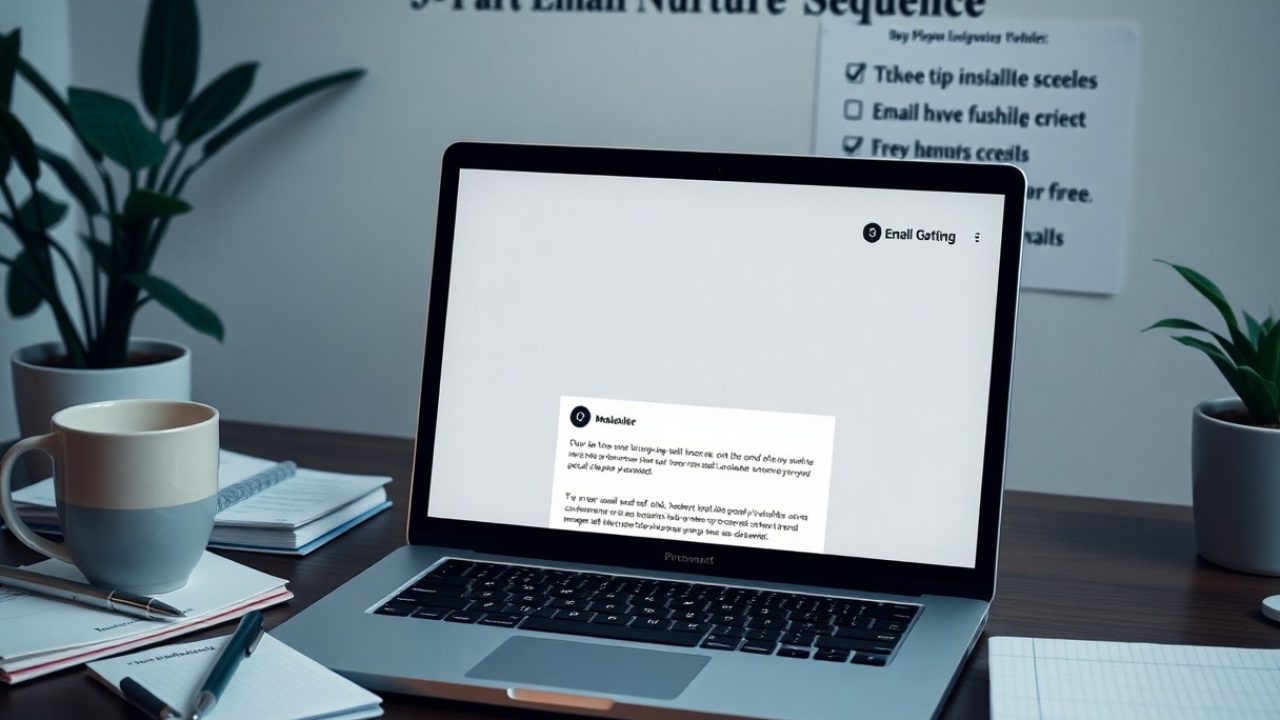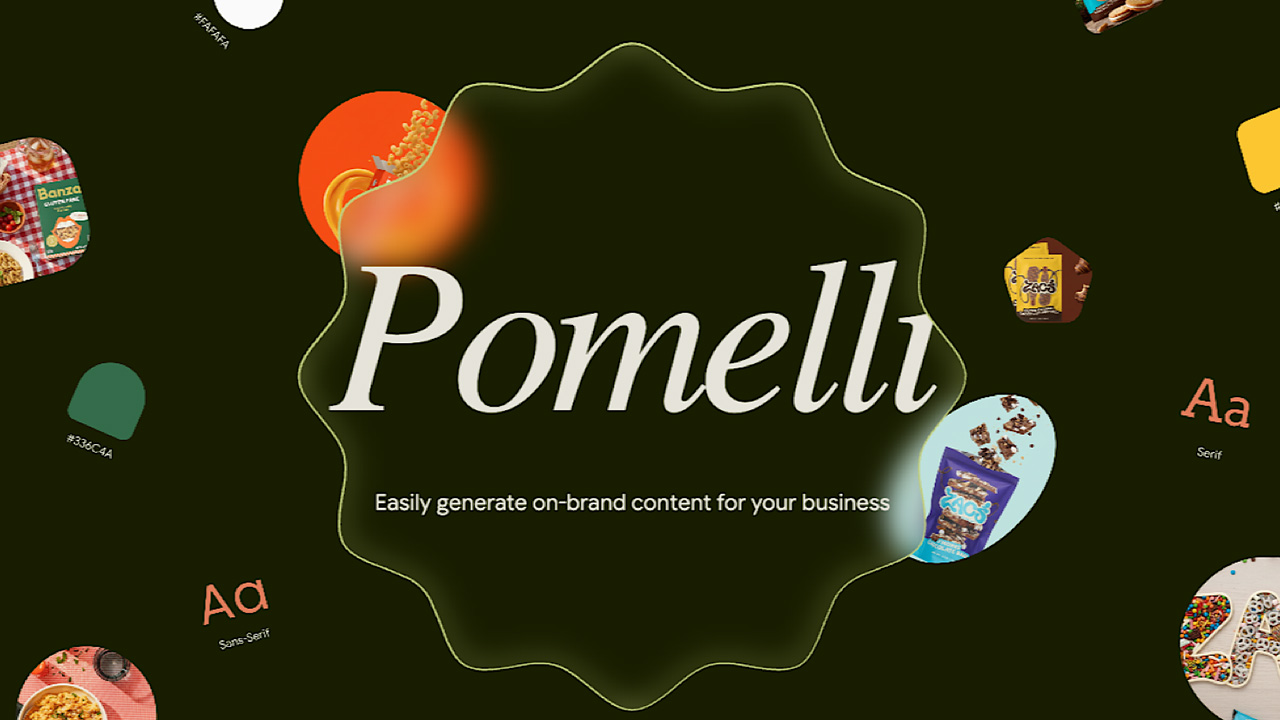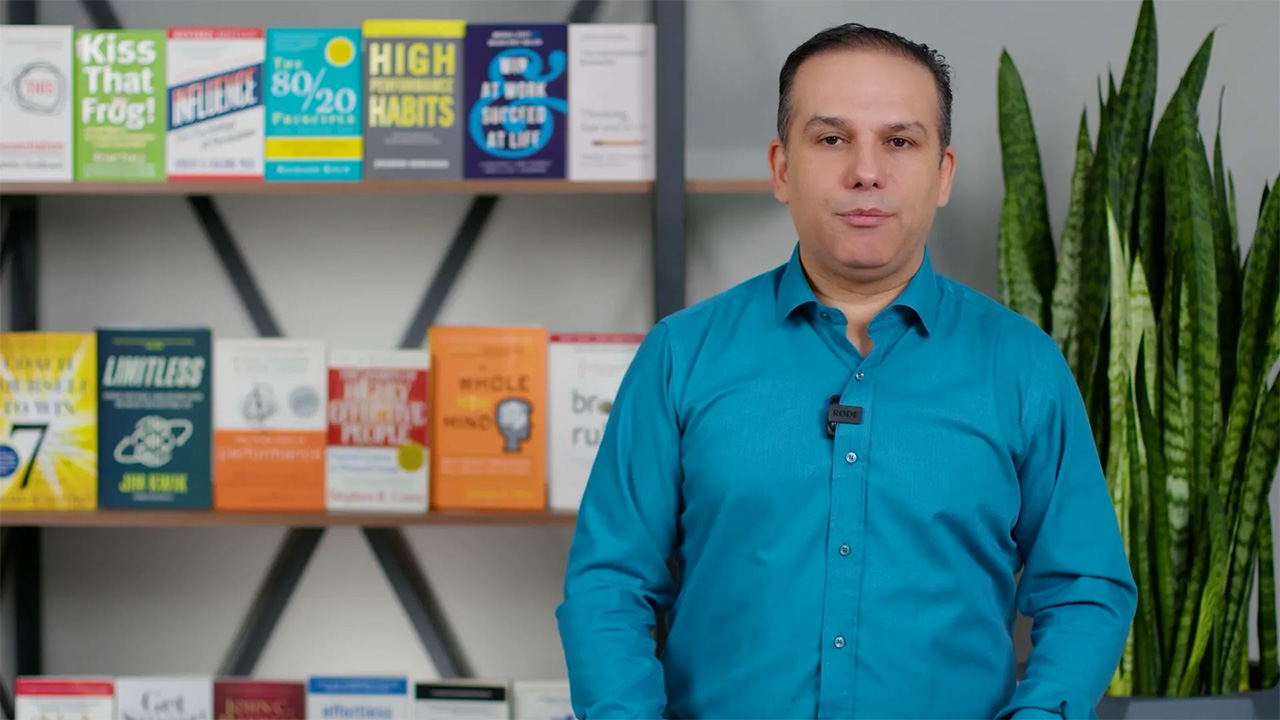Contents
Most marketers understand the importance of a well-crafted email nurture sequence, but few realize the potential of using AI to streamline the process. In this guide, you’ll learn how to transform your ideas into an effective 5-part email sequence that engages your audience, builds trust, and drives conversions. We’ll walk through the steps to incorporate automation for efficiency, allowing you to focus on what matters most—growing your business. Get ready to take your email marketing to the next level!
Key Takeaways:
- Utilize AI tools to streamline the process of writing personalized and engaging email content for each part of the nurture sequence.
- Structure your email sequence to build relationships over time, focusing on delivering value and addressing the needs of your audience.
- Automate your email send-outs to ensure timely and consistent communication, allowing you to focus on other aspects of your marketing strategy.
Crafting Compelling Email Narratives
Your email sequence doesn’t merely convey information; it tells a story that resonates with readers. Crafting compelling narratives involves building an emotional connection that drives engagement and fosters trust. By carefully selecting themes and insights that align with your audience’s interests, you can stimulate curiosity and encourage action. Using AI can help you generate creative angles for your stories, ensuring your content remains fresh and relevant throughout the sequence.
Defining Your Sequence Goals and Audience Segments
Before submerging into writing, clarify the specific goals of your sequence and identify your audience segments. This sets a direction for your content, ensuring each email aligns with overarching objectives such as increasing brand awareness, nurturing leads, or driving conversions. Tailor your messaging based on the distinct interests and behaviors of each segment, allowing for a more personalized touch that resonates with readers.
Structuring Your 5-Part Email Journey for Engagement
A well-structured 5-part email journey is vital for maintaining engagement and guiding recipients toward your desired outcomes. Start with a welcome email that introduces your brand and sets expectations, followed by valuable content that addresses pain points. Next, incorporate a social proof email to build trust, an educational email to provide insights, and finally, a compelling call-to-action. Each email should flow logically, encouraging readers to look forward to the next installment.
Each email in your sequence should build upon the previous one, creating a cohesive narrative that keeps your audience engaged. For instance, imagine starting with a welcome email that captures attention, followed by a well-researched content piece that addresses a common challenge faced by your audience. Afterward, share testimonials or case studies that showcase how your solutions have helped others. Continuously inform, educate, and inspire action in each installment, while providing value to your audience. Keeping messages concise yet rich in relevant information will ensure your emails remain engaging and persuasive from start to finish.
Harnessing AI for Effortless Content Creation
Utilizing AI can significantly simplify the content creation process, allowing you to generate engaging email nurture sequences without the stress of writer’s block. These tools are designed to assist, enabling you to create customized messages that resonate with your audience while saving time. AI can analyze your brand’s tone and style, helping you craft narratives that remain authentic and engaging, ultimately leading to better audience engagement and conversion rates.
Identifying AI Tools for Email Composition
Many AI tools are available to assist you in composing emails, ranging from sophisticated platforms like OpenAI’s GPT-3 to user-friendly options like Grammarly and Copy.ai. These tools can help generate ideas, create content, and even suggest subject lines that boost open rates. By exploring these various tools, you can find the right fit for your specific requirements, making the writing process faster and more effective.
Optimizing AI Output for Authenticity and Voice
To maintain your unique brand voice while utilizing AI, it’s crucial to optimize the output you receive. Start by feeding the AI detailed prompts that outline your brand’s tone and style. For example, if your brand is casual and fun, include conversational phrases and light-hearted language in your prompts. Then, review and edit the AI-generated content to ensure it captures your voice accurately, making necessary adjustments for a consistent and personal touch.
Personalizing AI output involves infusing your brand’s personality into the generated content. By supplying detailed examples and style guides to the AI, you ensure a tighter alignment with your existing communication style. Tailoring the AI responses can be done by tweaking the language or choosing specific structures that align with your existing messaging. For instance, if you often use questions to engage readers, prompting the AI to emulate this style can foster a more authentic interaction. The goal is not just to utilize AI for speed but to blend that efficiency with your distinct voice, making your emails feel personal and relatable.
Automating Your Nurture Sequence: Tools & Techniques
Automation elevates your email marketing strategy by delivering timely, targeted content to your audience without the need for constant manual intervention. With the right tools and techniques, you can ensure your nurture sequence runs smoothly, maximizing efficiency and engagement. By utilizing advanced automation features, you can achieve a more personalized experience for your subscribers, ultimately enhancing your relationship with them.
Choosing the Right Email Marketing Platform
Selecting the best email marketing platform can define your automation success. Look for options that offer intuitive interfaces, robust automation features, and analytics capabilities. Platforms like Mailchimp, ActiveCampaign, and ConvertKit provide imperative tools to segment your audience, set automation rules, and track performance, facilitating a more efficient nurture sequence.
Setting Up Triggers and Workflows for Seamless Delivery
Establish triggers and workflows that act as the backbone of your automation. By defining specific actions—such as user sign-ups, clicks, or purchases—you can tailor your email messages based on subscriber behavior. This enables a smoother experience where your audience receives emails aligned with their interests and actions, increasing the likelihood of engagement.
For instance, if a subscriber downloads a free resource from your website, you can trigger a follow-up email immediately, providing additional resources or exclusive offers. Implementing workflows that segment your audience based on their interactions helps provide personalized content, which not only improves open rates but also fosters a deeper connection with your brand. Utilize these capabilities to maintain momentum and keep your subscribers engaged through your carefully crafted nurture sequence.
Measuring Success: Key Metrics for Email Performance
Monitoring the effectiveness of your email nurture sequence is vital for optimizing future campaigns. Focus on metrics like open rates, click-through rates, and conversion rates to gain insights into your audience’s behavior. This data empowers you to fine-tune your strategy, ensuring that your content remains engaging and relevant while also improving overall performance. Keeping an eye on these metrics enables you to identify successful tactics and adjust those that may not resonate as well.
Analyzing Open Rates and Engagement Levels
Open rates offer a clear window into how enticing your subject lines and sender information are. If you notice low open rates, you may need to rethink your approach, experimenting with subject line length, personalization, and even send times to increase engagement. Tracking engagement levels, such as click-through rates, will further illuminate the effectiveness of your content in driving action. This combination of data helps ensure your emails fall into the sweet spot of what your audience finds compelling.
A/B Testing Strategies for Continuous Improvement
A/B testing allows you to systematically explore different elements of your emails, from subject lines to content layout. For instance, you can create two versions of a subject line—one straightforward and another with a playful twist—and see which garners higher open rates. The insights gained from these tests help you understand your audience’s preferences better, allowing your emails to evolve and improve. Regular A/B testing keeps your content fresh and data-driven, ultimately leading to higher engagement and conversions.
Incorporating A/B testing into your email strategy means continuously refining your approach based on actual data rather than assumptions. Start with small changes, such as altering the call-to-action button color or using different images. After sending out the variations, analyze which version performs better in terms of open and click-through rates. Make it a habit to test regularly, as even minor adjustments can lead to significant gains over time. Learning from each test ensures that your email content stays aligned with the preferences of your audience, thus promoting ongoing engagement and satisfaction.
Future-Proofing Your Email Strategy with AI Insights
Incorporating AI insights into your email strategy not only streamlines your processes but also enhances your ability to adapt to market shifts. By leveraging cutting-edge algorithms and machine learning, you can anticipate customer behaviors and preferences, ensuring that your email content resonates with your audience. This approach allows for greater personalization and segmentation, leading to higher engagement rates and conversions. Adapting your strategy with real-time data helps you stay one step ahead in the ever-evolving digital landscape.
Leveraging Data for Predictive Content Trends
Utilizing analytics tools to gather data on customer interactions paves the way for understanding predictive content trends. By identifying patterns in user behavior and preferences, you can curate content that aligns with future interests, making your emails more impactful. This data-driven approach ensures that you are not only responding to current trends but also anticipating what your audience will want next.
Staying Ahead of the Curve: Innovations in Email Marketing
Innovative technologies within email marketing, including AI-driven personalization and automation, are revolutionizing how you engage with your audience. By adopting these technologies, you can create highly personalized experiences that resonate deeply with each subscriber. Integrating dynamic content based on user data means that your emails can change in real-time, reflecting the unique interests of individual recipients. As mobile usage continues to rise, ensuring that your emails are optimized for all devices is also important, making adaptive design and responsive content crucial components of your strategy. Overall, keeping yourself updated on industry trends and emerging technologies will empower you to refine your approach continuously.
Conclusion
Hence, mastering the art of writing and automating a 5-part email nurture sequence using AI empowers you to engage your audience effectively and drive meaningful interactions. By understanding your target audience and leveraging AI tools, you can create personalized content that resonates with your subscribers. As you apply these strategies, you’ll not only enhance your email marketing efforts but also foster lasting relationships with your audience, ultimately leading to greater success in your initiatives. Embrace the possibilities that AI offers and transform your ideas into impactful email campaigns.
FAQ
Q: What is a 5-part email nurture sequence and why is it important?
A: A 5-part email nurture sequence is a series of five emails designed to engage and guide potential customers through the buyer’s journey. Each email serves a specific purpose, such as introducing your brand, addressing common pain points, offering solutions, sharing testimonials, and ultimately driving the recipient toward a purchase decision. This structured approach helps build trust and rapport with your audience over time, increasing the likelihood of conversion.
Q: How can I use AI to automate my email nurture sequence?
A: AI can streamline the email creation process by leveraging natural language processing (NLP) to generate compelling content based on your chosen themes and audience preferences. Tools can analyze user behavior, segment leads, and optimize send times to enhance open and click-through rates. By setting up triggers based on user actions, such as website visits or email opens, you can ensure that recipients receive relevant emails at the right time, making the process more efficient and effective.
Q: What key elements should I include in each email of my nurture sequence?
A: Each email in your nurture sequence should include specific elements to maximize effectiveness. Start with a strong subject line to grab attention. Ensure the content is personalized, addressing the recipient by name and tailoring the message to their interests or needs. Incorporate clear calls-to-action (CTAs) that guide the recipient to take the next step, whether it’s learning more, downloading resources, or making a purchase. Visual elements, like images or videos, can enhance engagement, and a consistent tone and branding throughout the sequence will help reinforce your identity.








